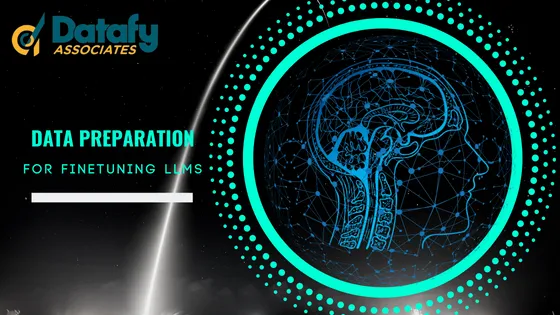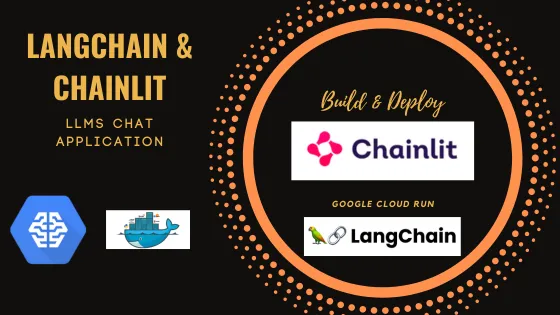Inrecent years, the field of Deep Learning has witnessed significant advancements since the introduction of Transformer Architecture. These sophisticated models have revolutionized the field, and the success of OpenAI’s ChatGPT, released last year, has propelled generative models into the limelight. As a result, major tech companies are heavily investing in the development of their own Large Language Models (LLMs) or seeking partnerships to integrate Generative AI into their product lineup.
This domain remains an area of active research, with intense competition among tech giants showing no signs of abating. This article will explore one practical application of LLMs in solving real-world problems.
Pandas, a Python library renowned as the go-to tool for data wrangling, has evolved over the years and established itself as an indispensable resource for individuals and large organizations alike. Leveraging the power of Pandas APIs, data scientists can manipulate data effectively and answer a wide range of questions using Pandas data frames.
Pandas AI, an Open Source Project with MIT-licensed Python library, extends the capabilities of Pandas by incorporating generative artificial intelligence features. It serves as a high-level API built on top of Pandas, enabling users to interact with their data on the fly by leveraging engineered prompts with LLMs APIs. By converting dataframes into conversational formats, Pandas AI empowers humans to engage directly with their data, facilitating a more intuitive and interactive data exploration experience without developing custom in-house LLMS saving costs and resources.



